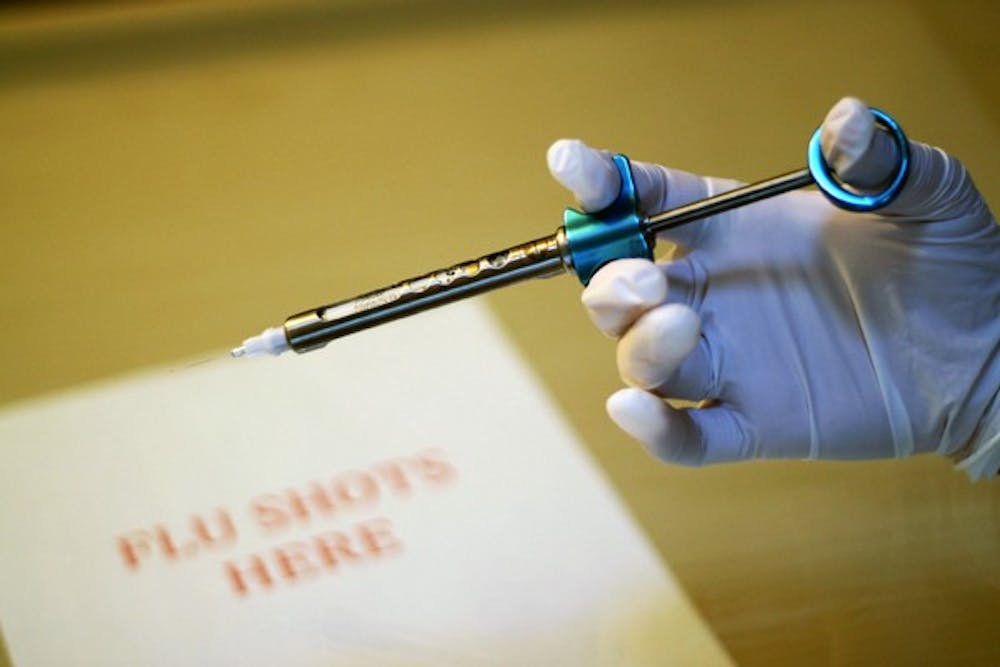New research and software from the W.P. Carey School of Business will help save a portion of the $100 million spent each year in Maricopa County to battle the common flu, said professor Ajay Vinze, who researches flu-related expenses.
“We’ve had people anecdotally talk about vaccinations and how they help,” Vinze said. “We wanted research to prove it.”
Maricopa County Public Information Officer Jeanene Fowler said this project began with the H1N1 virus scare in 2009.
“We decided it would be helpful to track community spending on the flu,” Fowler said.
She said community spending includes everything from healthcare costs to loss of productivity caused by sick days.
The financial modeling software produced by Vinze’s research team consisted of two parts. Vinze described the first as a static system, similar to a Microsoft Excel spreadsheet, which displays costs.
“The second system is much more exciting,” Vinze said. “We can see how diseases express through the population.”
The second part, which uses detailed census data, allows users to input variables and view how they would affect costs for individual flu seasons.
During the season, officials could insert details such as who is affected by that year’s flu and how the disease is spreading.
“The nice thing about the software is that you can play with it to predict policy,” Vinze said.
Preliminary findings from the software showed the most cost-effective strategy is to vaccinate young children early in the flu season, or before Oct. 31.
“Kids are the spreaders,” Fowler said. “If we can get 80 percent of them vaccinated early on, we get a herd effect.”
The herd immunity effect operates on the principle that a disease will be unable to spread if enough people in a community are vaccinated.
Electrical engineering graduate student Harish Jagadeesh worked as part of the student team developing the program. He said he gained valuable knowledge about Java programming while working on it.
“The program also saves a lot of public money for other things,” Jagadeesh said.
The first section of the program is already installed on Maricopa County Department of Public Health computers with the second soon to follow.
Vinze said that he could see it expanding to other counties and states in future years.
“The system is robust enough that it could work in the rest of Arizona and beyond,” he said.
Reach the reporter at julia.shumway@asu.edu or follow @JMShumway on Twitter.
Like The State Press on Facebook and follow @statepress on Twitter.




